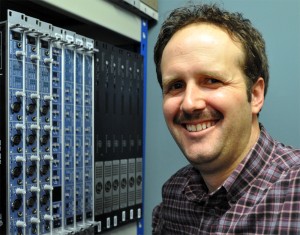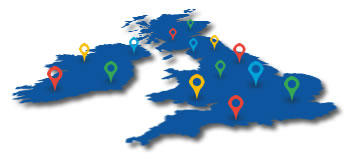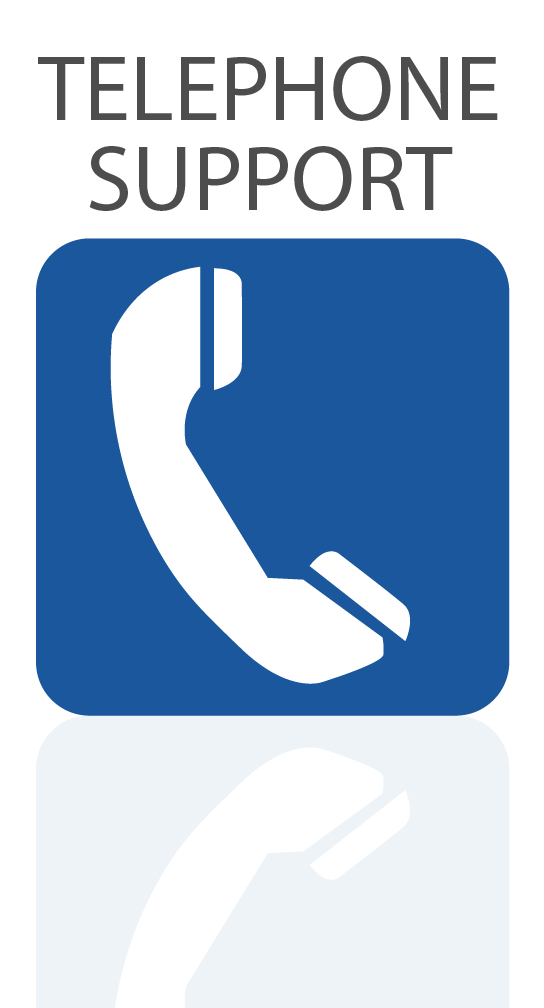 Autograph Sound Recording was founded by Andrew Bruce and Phil Clifford in 1972. Since then it has grown to become a leading light in the live performance industry with a host of clients that include the biggest West End plays and musicals. More recently, Autograph were a major part of the successful opening and closing ceremonies of the London Olympics.
Autograph Sound Recording was founded by Andrew Bruce and Phil Clifford in 1972. Since then it has grown to become a leading light in the live performance industry with a host of clients that include the biggest West End plays and musicals. More recently, Autograph were a major part of the successful opening and closing ceremonies of the London Olympics.
As long-time RME users we were curious to find out more about what they’ve been up to, so we dropped in on Rob Tory who kindly gave us the run down.
The main application of RME in Autograph’s world is as digital I/O for their Mac Pro systems running QLab; sound design software for live performance. They have some 30 of these systems each flight-cased with two redundant Mac Pro towers. Inside sit 2 or more RME MADI cards; both the original HDSPe MADI card, equipped with a single MADI I/O on both BNC and optical fibre and now also the new, more powerful HDSPe MADI FX with three sets of MADI I/O and a whole host of other, under-the-hood improvements.
Two systems complete with the first HDSPe MADI FX cards to land in the UK were called into service for the London Olympics opening and closing ceremonies; an event where reliability was of paramount importance. In typical RME fashion, they just worked!
The list doesn’t end there though. They also use the RME ADI-192 DD for sample rate conversion and the RME MADI bridge for routing and translation between optical and BNC MADI formats. On top of that there are RME Fireface interfaces and M-32 DA converters. Even their in-house studio is equipped with RME’s flagship microphone preamp, the Micstasy. So there are plenty of blue-fronted boxes to be seen!
When we asked Rob why he uses RME, he said “We use a range of RME products, from the Fireface right up to the M-32 DA. They have always proved robust, reliable and intuitive.”






















